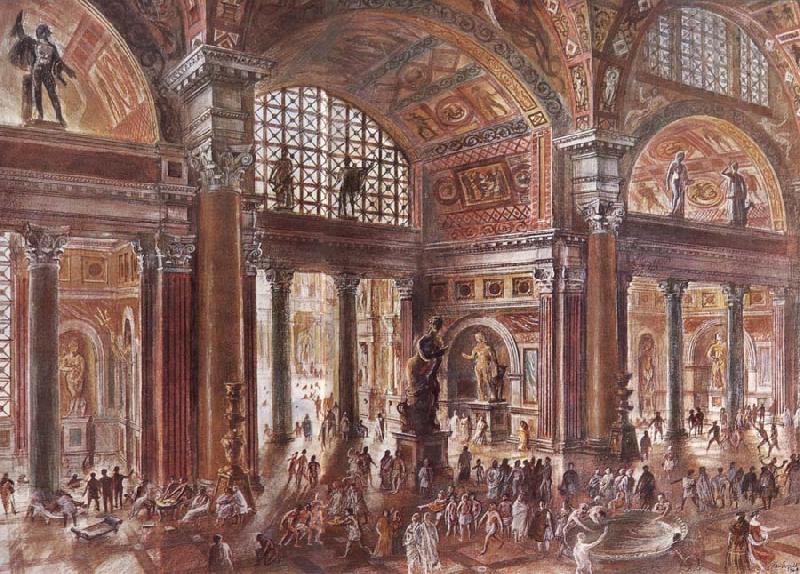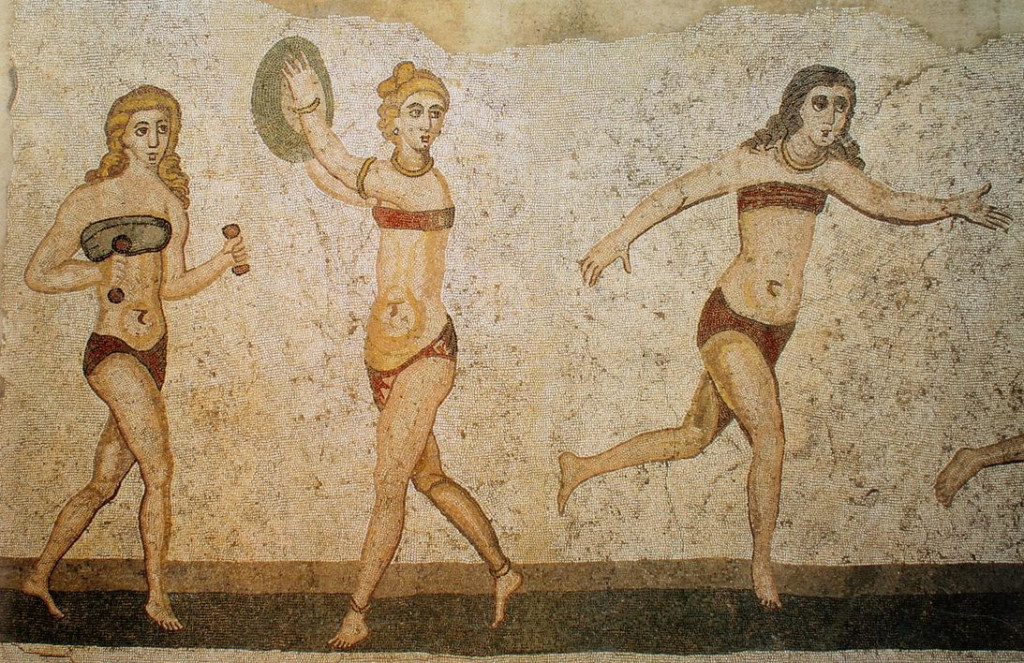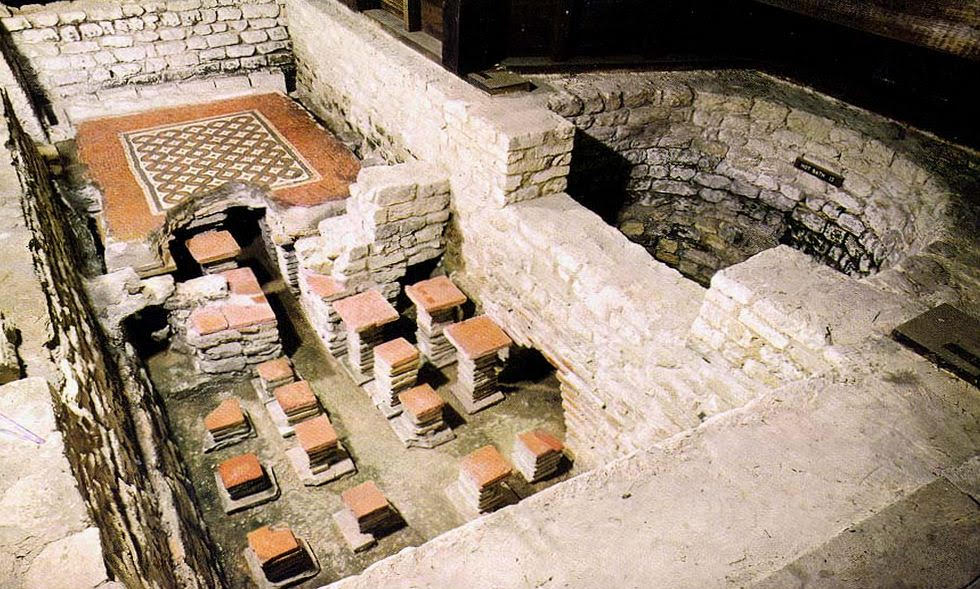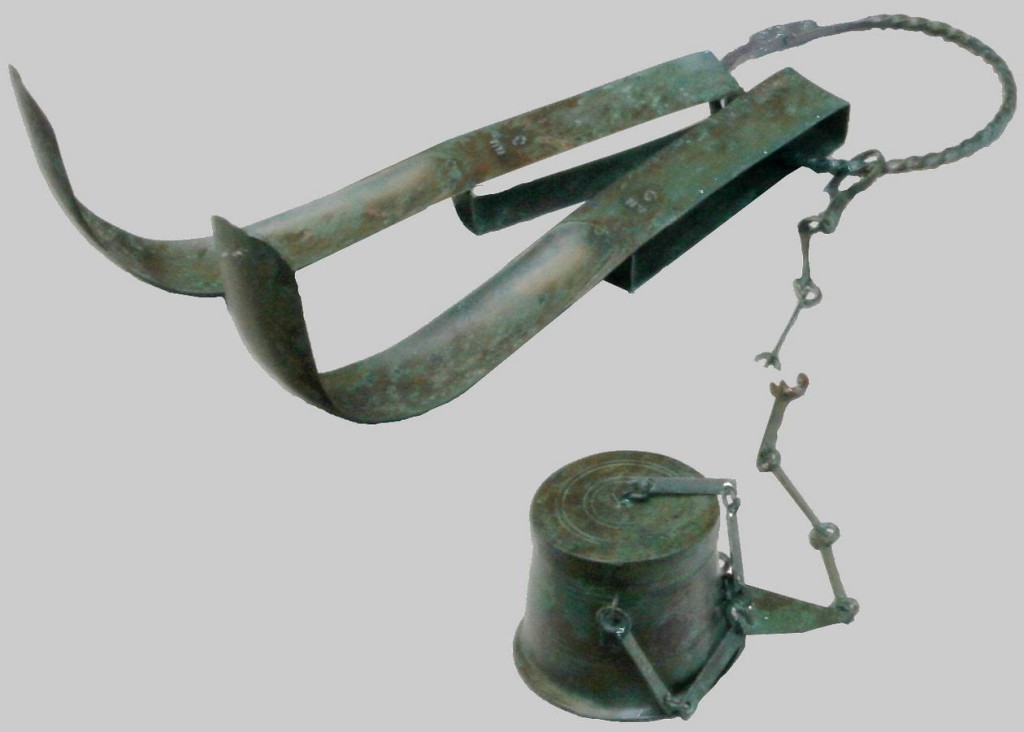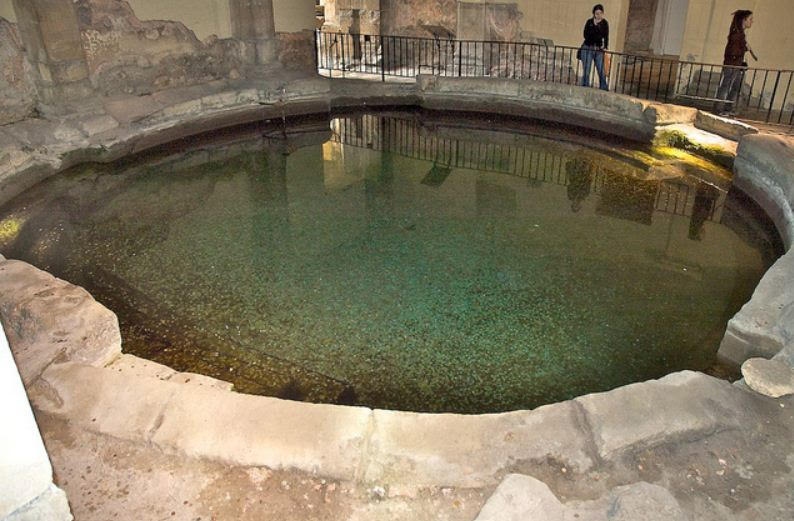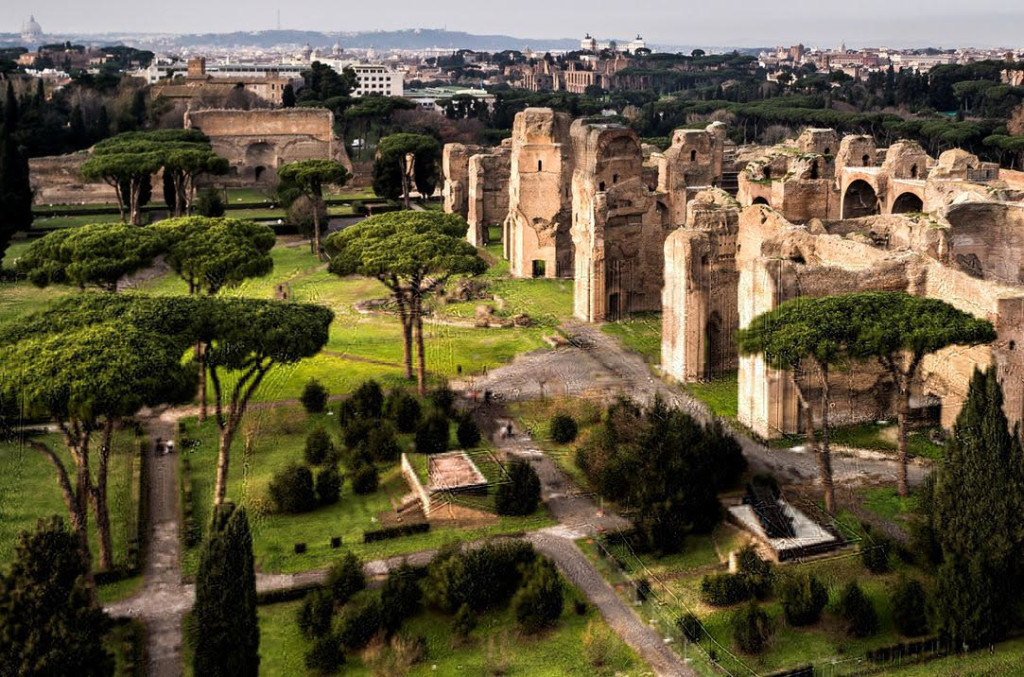Hello history-lovers!
It’s been a while since the last Ancient Everyday post back in April, so I thought it high-time for another one.
Last time we looked at Childbirth in the Ancient World, but this time we’re going to be a bit more light-hearted. Today, I wanted to look at drinking cups in the Roman Empire.
So, pour yourself a glass of your favourite vintage, sit back, and join me for a brief look at the variety of cups the Romans used to pour everything from water to nectar down their throats!
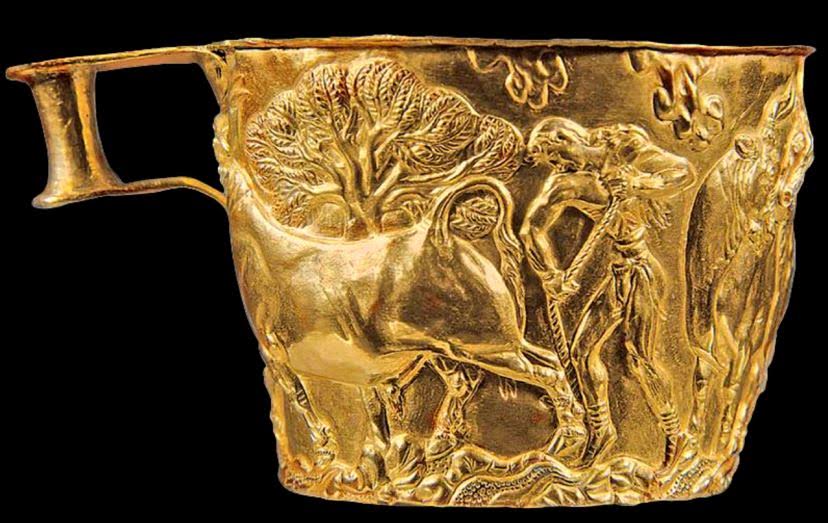
Mycenaean Greek Bronze Age golden cup from a Laconian tomb
Cups, throughout history, have come in an astonishing variety of shapes, sizes and materials. When I think of Romans drinking, the first image to come to my mind of rich aristocrats drinking from golden cups.
But there was much more to it than that! If you go into any museum with a Roman collection, chances are you’ll find a wide variety used every day by regular Romans. In fact, golden cups like the ancient Greek one above, were more of a rarity in the Roman Empire. Silver was much more common, and even that was more common among the ‘elite’.
Let’s start at the bottom, shall we?
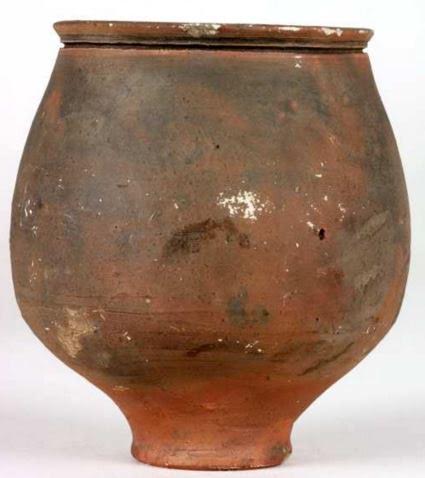
Plain Roman clay cup
The most basic type of wine that an average Roman would have drunk was called posca. This was a mixture of sour wine and vinegar which eventually became the normal ration among the men of the legions, as well as the poorer classes in the Empire.
And they did not drink this sour, sometimes herby mixture from silver cups. No. Posca was most often drunk from basic wood, bone, or more likely, unornamented clay cups. These were rough, unfinished, and mass produced cups. They were cheap and served one purpose – to get the drink from point A (the table or jar) to point B (one’s mouth).
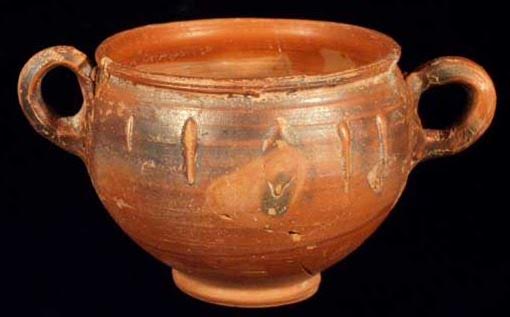
Two-handled Roman Cup clay 1st cent. A.D.
After this mean style of cup came what is probably the most recognizable Roman cup around – the Terra Sigillata (‘clay bearing images’). This style is often referred to Aretine ware (made in Arezzo), and Samian ware (made in Roman Gaul).
These types of cups were mass produced in specific factories, or fabricae, around the Empire. They were relatively affordable, but obviously cost more than the rough, undecorated cups.

Terra Sigillata skyphos style cup
Something like Samian ware didn’t just come in cup form either! You could get a whole set of Samian dishes and serving platters to match your cups, all of them adorned with mythological, banquet or gladiatorial combat scenes. Or for the more frisky of Romans, love scenes or orgies. A set of these might have been nice on the Roman bridal registry!
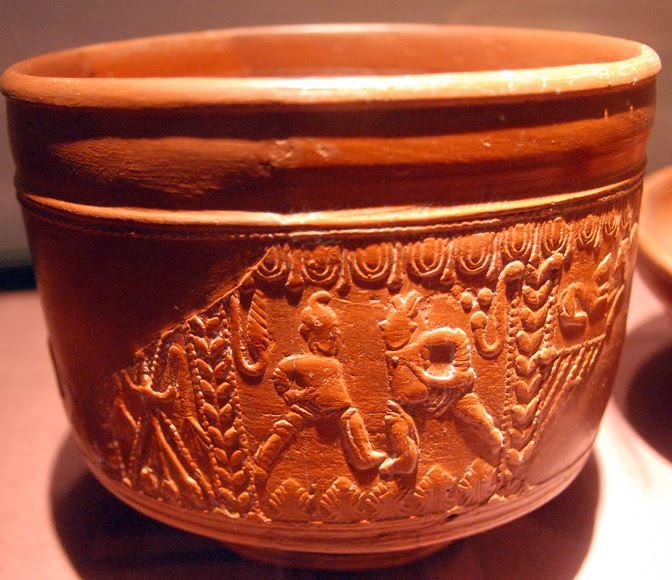
Samian cup 1st cent A.D. – Features gladiatorial combat scenes
Some factories specialized in Roman Black ware, also known as Castor ware. Maybe these were intended for a more subdued household…
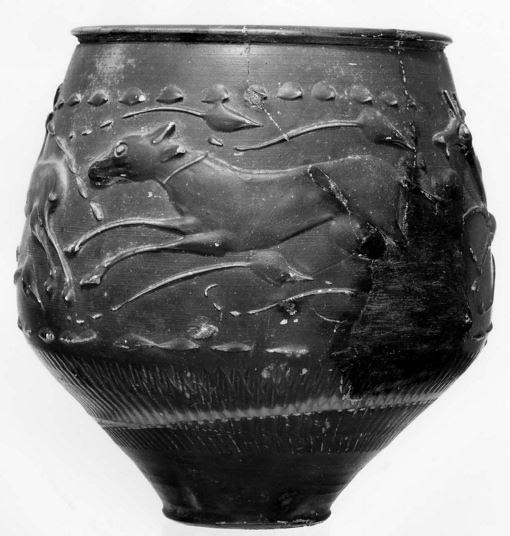
Roman black ware cup, or ‘Castor Ware’
A step up on the price list would be something that the Romans came to perfect – Glass ware. When it came to making and using glass, no one did it better than the Romans. And it wasn’t just for windows, phials, perfume bottles or vases. They also made beautiful drinking cups and beakers out of glass.
It took the Romans time, however, to get it right and outdo the Hellenistic kingdoms in the art of glass-making. It wasn’t until later, in the reign of Augustus and his Pax Romana, that the Roman glass industry really took off. In part, the development of glass-blowing in the first century A.D. allowed the Romans to produce more glass pieces with fewer flaws.
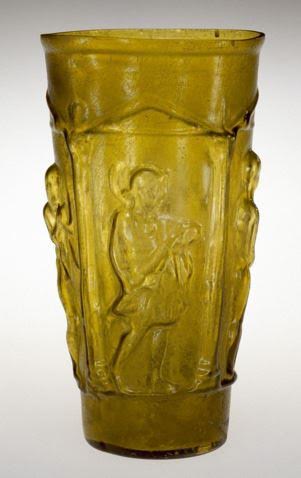
Roman glass beaker
Roman glasses were available in a variety of dazzling colours and thicknesses, from green and yellow (like the one above), to the brilliant blue glass that they became so well-known for.
Roman glass-making was a true art-form with varying levels of quality, of course, but the main component in Roman glass was beach sand.
When you go into a museum and see collections of Roman glass objects, you can’t help but stare at the colours and the delicate shape of some of the objects. They look like they were meant to adorn the dressing table of a fine lady, or indeed sipped from in an intimate gathering.
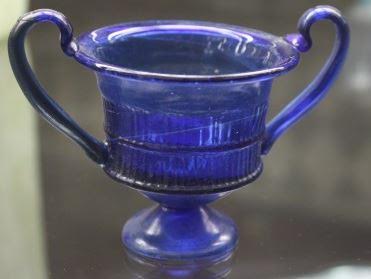
Roman blue glass Kantharos
When it comes down to it though, the choice of drinking cup for a gathering of aristocratic patricians would probably have been silver. The hosts would have pulled out their best pieces in order to show off.
These would not have been plain, smooth-surfaced, silver cups, however, but rather works of art depicting elaborate scenes from mythology or other themes recognizable to rich Romans.

Silver Roman Cup – 1st cent. AD
As with Samian Ware, there were also entire silver sets of plates, platters, pitchers, beakers, serving trays, cups and more, and these would have cost a fortune. A set like that would have been used to impress guests, to enjoy the luxuries of the Empire.
An example of a silver hoard like this is the famous Berthouville treasure, and the cup below is just one of the many intricately crafted items found in this treasure.
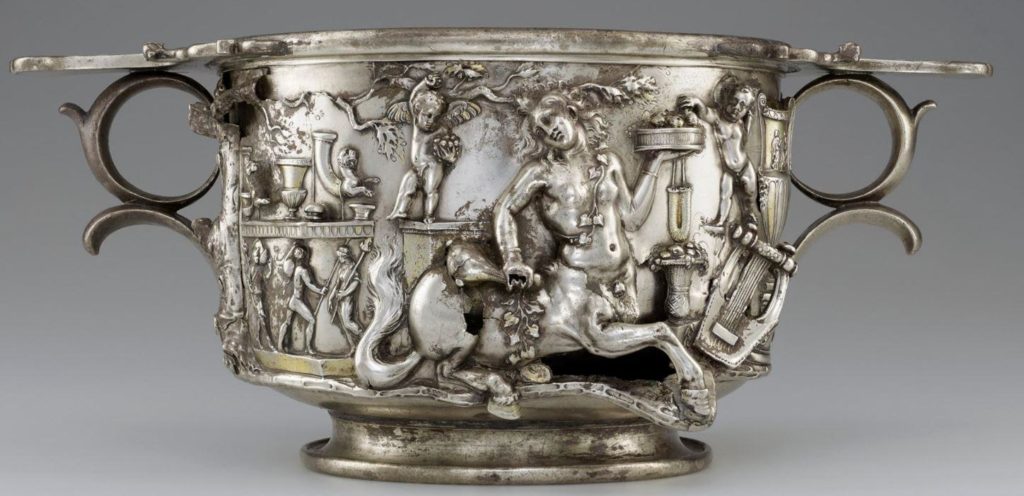
Roman Silver cup from Berthouville Treasure
Isn’t that stunning? I can just imagine sipping a fine Falernian or Chian wine out of that cup while lounging in a peristyle garden beneath an olive tree. Ahh…
Believe it or not, there is yet one more step above such silvery works of art, and that is the type of cup that was commissioned by a very wealthy person from a highly skilled artisan, or, one might say, magician!
Enter the Lycurgus Cup.
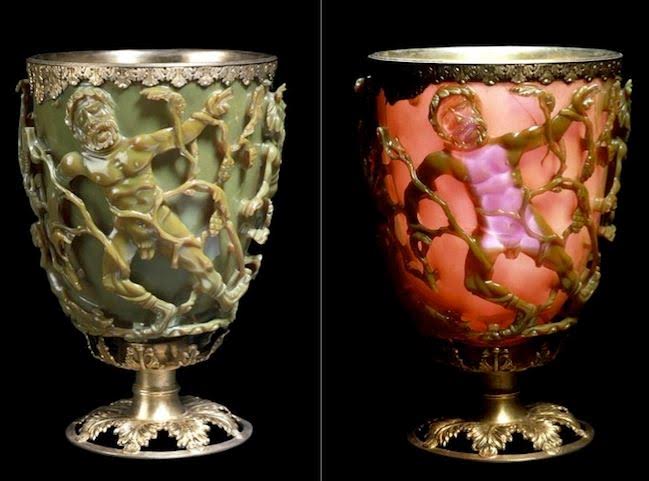
Split image of the Lycurgus Cup lit from the front (left) and from the back (right)



